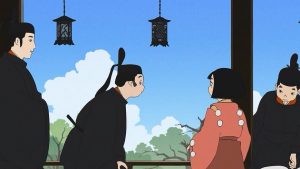 It’s a funny sort of thing for me, watching this series. There are times I find myself having a sort of out of body experience, as if I were consuming this material for the first time and getting modestly caught up in it. Then I come back to myself and realize that what I’m watching should be utterly riveting, as good as it gets – and the fact that it isn’t hits me like a ton of bricks. There’s no getting past that – through factors partly beyond its control (like length) and partly controllable the anime is losing most of what makes Heike Monogatari so special.
It’s a funny sort of thing for me, watching this series. There are times I find myself having a sort of out of body experience, as if I were consuming this material for the first time and getting modestly caught up in it. Then I come back to myself and realize that what I’m watching should be utterly riveting, as good as it gets – and the fact that it isn’t hits me like a ton of bricks. There’s no getting past that – through factors partly beyond its control (like length) and partly controllable the anime is losing most of what makes Heike Monogatari so special.
 The fact that it can do that and still be better than 90% of what’s out there is a testament to just how great the source material is, just how low the bar is currently being set, and the fact that there’s undeniably a lot of talent on display with this adaptation. But dumbing this material down is brutal. Turning some characters (like Munemori) into utter buffoons, other (like Tokuko) into saints – that’s not how it was. The shades of grey are being painted over in black and white. Worse still, this week I had a sudden flash forward and realized how the anime will probably end – all the signs are there – and if I’m right it’s going to be a total betrayal of the original’s messaging. But I suppose that bridge can be burned when we come to it.
The fact that it can do that and still be better than 90% of what’s out there is a testament to just how great the source material is, just how low the bar is currently being set, and the fact that there’s undeniably a lot of talent on display with this adaptation. But dumbing this material down is brutal. Turning some characters (like Munemori) into utter buffoons, other (like Tokuko) into saints – that’s not how it was. The shades of grey are being painted over in black and white. Worse still, this week I had a sudden flash forward and realized how the anime will probably end – all the signs are there – and if I’m right it’s going to be a total betrayal of the original’s messaging. But I suppose that bridge can be burned when we come to it.
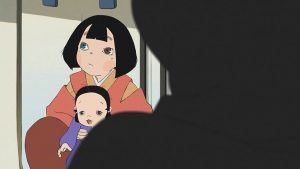 If nothing else at least things are still happening in rough chronological order, although the pacing is all over the place. Shigemori’s death leaves a power vacuum in Kyoto, with Kiyomori spending most of his time in Fukuhara (Kobe) plotting out his grand economic designs. The retired emperor decides to seize the moment – among other things – and take back some power from the Heike’s grasp. That involves seizure of provinces, inheritances – and the filling of a number of court positions with those not loyal to the Taira. Munemori goes scuttling off to Fukuhara to tell his father, who seems constitutionally unable to take anything lying down.
If nothing else at least things are still happening in rough chronological order, although the pacing is all over the place. Shigemori’s death leaves a power vacuum in Kyoto, with Kiyomori spending most of his time in Fukuhara (Kobe) plotting out his grand economic designs. The retired emperor decides to seize the moment – among other things – and take back some power from the Heike’s grasp. That involves seizure of provinces, inheritances – and the filling of a number of court positions with those not loyal to the Taira. Munemori goes scuttling off to Fukuhara to tell his father, who seems constitutionally unable to take anything lying down.
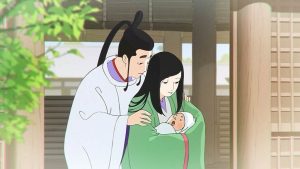 The problem with Kiyomori, generally, is overreaction. Such as confining the cloistered emperor himself at Toba, basically cementing his antipathy forever. Munemori lacking his half-brother’s grace or sense of restraint doesn’t help either, and it’s not long before another plot to take down the Taira is being hatched. This one is more serious, involving as it does Prince Mochihito, Go-Shirakawa’s son and Emperor Takakura’s half-brother. Mochihito is shown as reluctant here (an anime invention) but his involvement makes this a dire threat to the Heike. When news gets to Kiyomori (the bit about having a spy on the inside is also an anime invention) he takes his most decisive and destructive action yet.
The problem with Kiyomori, generally, is overreaction. Such as confining the cloistered emperor himself at Toba, basically cementing his antipathy forever. Munemori lacking his half-brother’s grace or sense of restraint doesn’t help either, and it’s not long before another plot to take down the Taira is being hatched. This one is more serious, involving as it does Prince Mochihito, Go-Shirakawa’s son and Emperor Takakura’s half-brother. Mochihito is shown as reluctant here (an anime invention) but his involvement makes this a dire threat to the Heike. When news gets to Kiyomori (the bit about having a spy on the inside is also an anime invention) he takes his most decisive and destructive action yet.
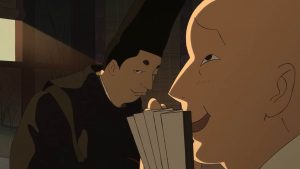 Historically speaking, this really is the point of no return. Munemori not being much of a commander, Kiyomori’s two youngest sons, Tomomori and Shigihira, are in charge of the attack on Byoudo-in (the Phoenix Pavillion, on the ¥10 coin) in Uji, where the prince is barricaded. This is also Koremori’s first experience in battle, something he’s utterly ill-suited for. The Onjo-ji (Mii-dera) monks have dismantled half the Uji Bridge, and a pitched battle and showdown of archers across the review nullifies their numerical advantage. Shigihira devises an ingenious plan to cross the river and fight, which leads to a Taira victory. But it comes at a great cost, as Shighira burns the Onjo-ji temple to prevent a counter-attack.
Historically speaking, this really is the point of no return. Munemori not being much of a commander, Kiyomori’s two youngest sons, Tomomori and Shigihira, are in charge of the attack on Byoudo-in (the Phoenix Pavillion, on the ¥10 coin) in Uji, where the prince is barricaded. This is also Koremori’s first experience in battle, something he’s utterly ill-suited for. The Onjo-ji (Mii-dera) monks have dismantled half the Uji Bridge, and a pitched battle and showdown of archers across the review nullifies their numerical advantage. Shigihira devises an ingenious plan to cross the river and fight, which leads to a Taira victory. But it comes at a great cost, as Shighira burns the Onjo-ji temple to prevent a counter-attack.
 Needless to say this was much, much more complicated than is depicted here – both historically and in the original Heike, and both militarily and politically. But the burning of Mii-dera was seen as a grievous offense by the warrior monks, and though Kiyomori has bought off the Enryaku-ji monks with rice, the bitterness spawned by these events will cast a huge shadow over the coming conflict. As for the rebel Prince Mochihito, he was wounded while attempting to flee with Minamoto no Yorimasa (basically ignored here), and died shortly thereafter (Yorimasa committed seppuku).
Needless to say this was much, much more complicated than is depicted here – both historically and in the original Heike, and both militarily and politically. But the burning of Mii-dera was seen as a grievous offense by the warrior monks, and though Kiyomori has bought off the Enryaku-ji monks with rice, the bitterness spawned by these events will cast a huge shadow over the coming conflict. As for the rebel Prince Mochihito, he was wounded while attempting to flee with Minamoto no Yorimasa (basically ignored here), and died shortly thereafter (Yorimasa committed seppuku).
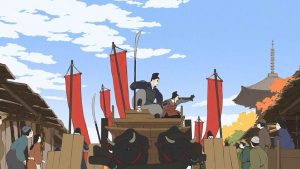 Another cruel blow is that the anime completely cut the man who in many ways was the key figure in these events, Ashikaga Tadatsuna. He was an 18 year-old warrior of Minamoto blood who refused to break his oath of loyalty to the Heike and led their troops at Uji. He was reputed to be a fearsome warrior, by some accounts among the strongest ever seen in Japan. His tale has everything – the pathos of his lineage, his fierce devotion to his honor, his superhuman prowess on the battlefield. So naturally, he’s completely cut out (for Goc’s sake, read the book!). That’s the kind of decision that frankly makes it hard to be in a forgiving frame of mind.
Another cruel blow is that the anime completely cut the man who in many ways was the key figure in these events, Ashikaga Tadatsuna. He was an 18 year-old warrior of Minamoto blood who refused to break his oath of loyalty to the Heike and led their troops at Uji. He was reputed to be a fearsome warrior, by some accounts among the strongest ever seen in Japan. His tale has everything – the pathos of his lineage, his fierce devotion to his honor, his superhuman prowess on the battlefield. So naturally, he’s completely cut out (for Goc’s sake, read the book!). That’s the kind of decision that frankly makes it hard to be in a forgiving frame of mind.



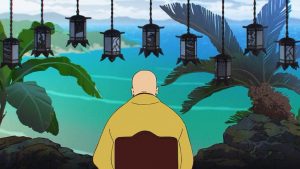
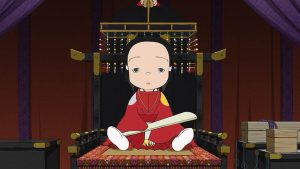
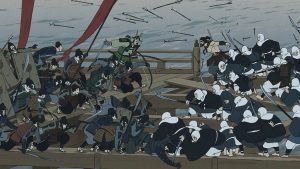
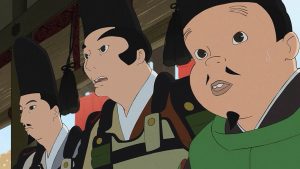
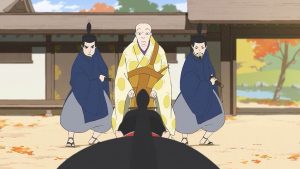
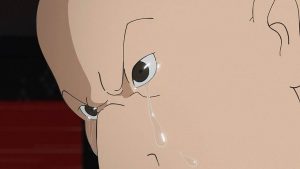
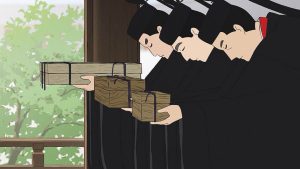

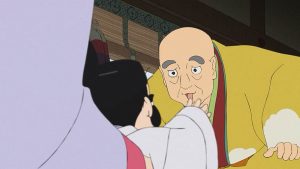
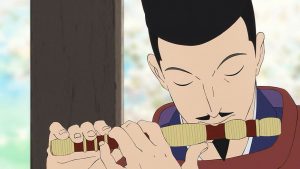
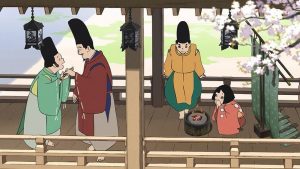


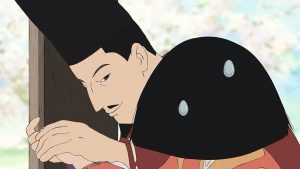
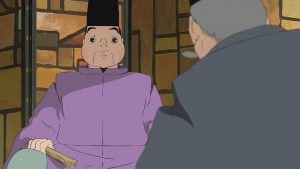
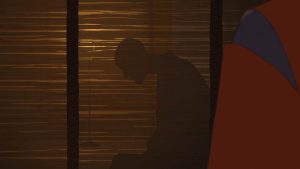
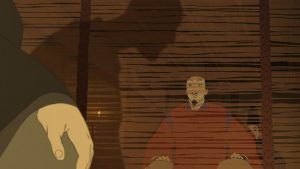
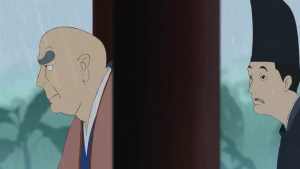
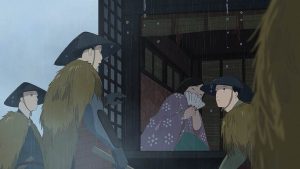
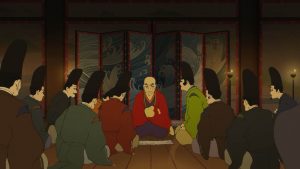
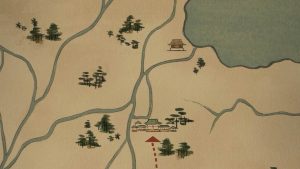
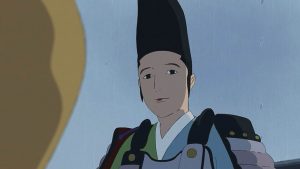
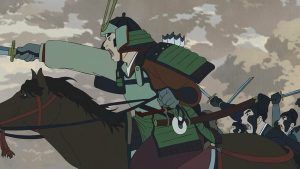
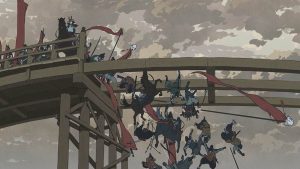

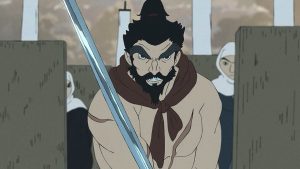
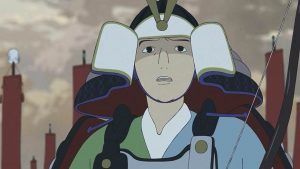



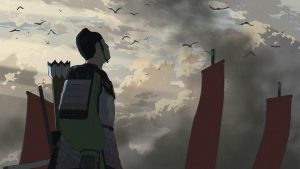
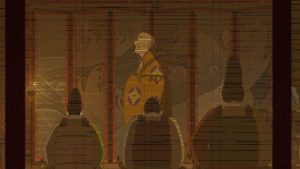
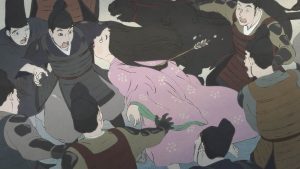
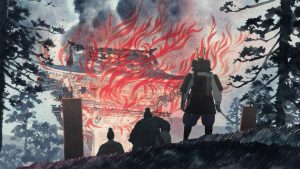


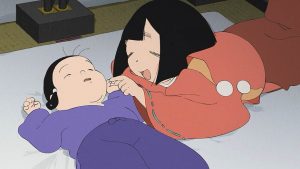
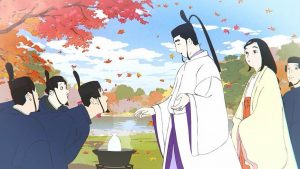
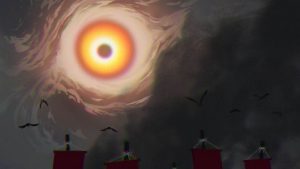

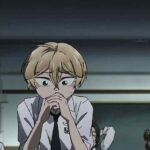
LifeisaDragon
October 15, 2021 at 3:07 amI think there’s an important distinction here. Ashikaga Tadatsuna’s story has everything that makes the original Heike Monogatari great—“the pathos of his lineage, his fierce devotion to his honor, his superhuman prowess on the battlefield.” But those things are near the opposite of what makes Naoko Yamada great. That’s why, when I heard of this anime, I was so excited: its existence alone signifies a bold and particular purpose. Why the Heike Monogatari and not The Pillow Book?
I agree that this anime is too short, that its pacing and conceptual ambition suffers in its current format. However, I think that even with 100 episodes, we’d get a reinterpreted Heike story. History (not to be confused with “the past”) is a vast canvas of facts, myths, and invented causalities, and great artists want to paint, not trace, there.
frenschelboo
October 15, 2021 at 4:21 pmI say this as someone with no knowledge of the source material: I still find it pretty compelling.